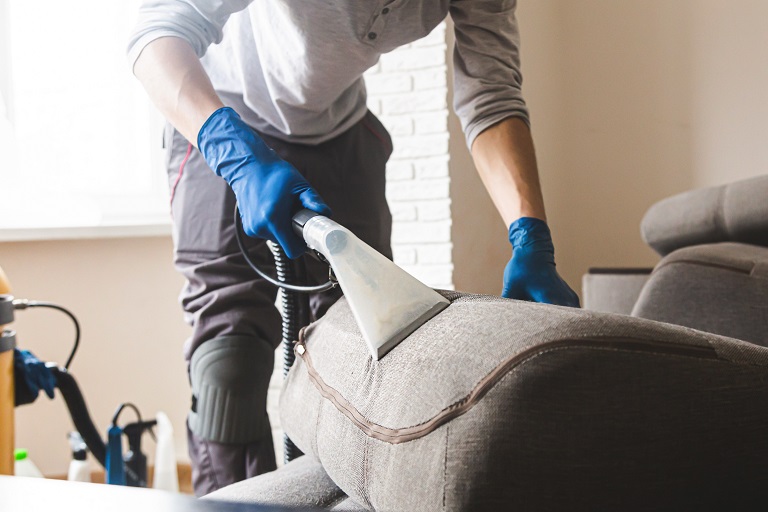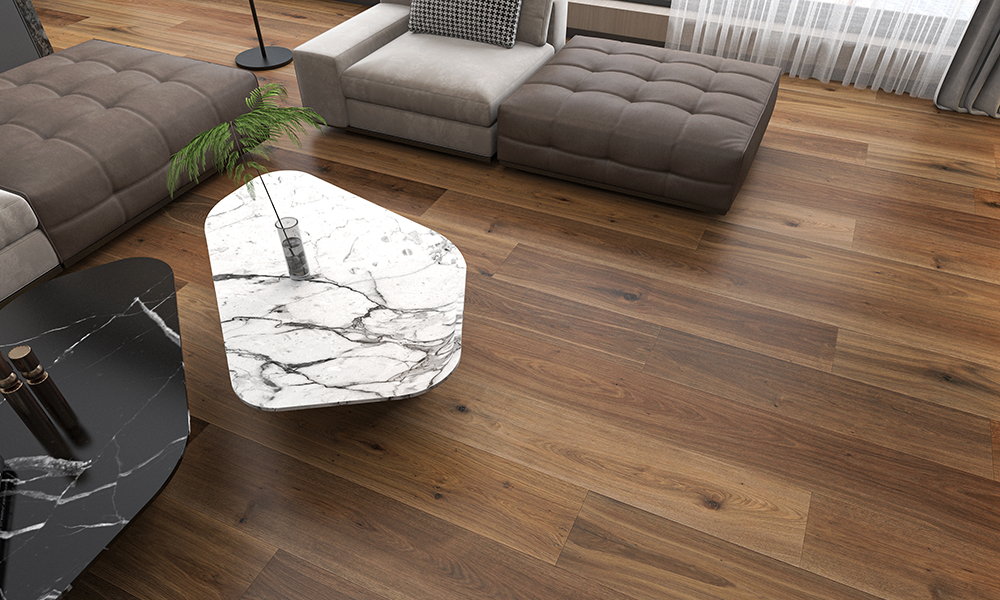The Ultimate Guide to Leather Sofa Repair Tips, Tricks, and Maintenance

Dry cleaner's man employee removing dirt from furniture in flat, closeup, vacuum clean sofa with professional equipment.
Leather sofas are a symbol of luxury, comfort, and timeless style. Their elegance can transform any living space, but over time, even the highest-quality leather can show signs of wear and tear. Scratches, cracks, stains, and fading are common challenges for leather sofa repair owners. The good news is that with the right tips, tricks, and maintenance strategies, you can restore your leather sofa and keep it looking pristine for years.
Understanding Common Leather Sofa Problems
Before diving into repairs, it’s important to understand the most common leather sofa issues:
Scratches and Scuffs: Leather is susceptible to scratches from pets, sharp objects, or even regular use.
Cracks and Peeling: Over time, dry leather can crack or peel, especially if it’s exposed to sunlight or not properly conditioned.
Stains and Spills: Accidental spills, food, and ink stains can discolor leather if not treated immediately.
Sagging Cushions: Although not directly a leather issue, sagging cushions affect the overall appearance and comfort of your sofa.
Knowing these problems will help you identify the best repair approach and prevent minor issues from turning into major damage.
Essential Leather Sofa Repair Tips
Repairing a leather sofa doesn’t always require professional help. Here are practical tips you can try at home:
Clean Before Repairing:
Always clean your sofa thoroughly before attempting any repair. Use a soft cloth and a mild leather cleaner to remove dust, dirt, and oils. Avoid harsh chemicals that can further damage the leather.
Fix Minor Scratches with Leather Conditioner:
For small scratches, apply a leather conditioner or cream in a circular motion. This helps the leather absorb moisture and may reduce the appearance of superficial scratches.
Use Leather Repair Kits for Cracks and Tears:
Leather repair kits are designed to fill cracks and small tears. They usually include filler compounds, color-matching dyes, and finishing tools. Apply the filler carefully, let it dry, and then blend the color for a seamless finish.
Address Stains Quickly:
Blot spills immediately with a dry cloth. For tougher stains, use a damp cloth with mild soap or a specialized leather stain remover. Always test the solution on a hidden area first to avoid discoloration.
Repair Loose or Damaged Seams:
Loose stitching can worsen over time. Reinforce seams using a strong upholstery thread and needle, or consult a professional for more complex seam repairs.
Advanced Repair Tricks
Sometimes, minor fixes aren’t enough. For deeper damage, consider these advanced repair strategies:
Leather Dyeing: If your sofa has faded areas or uneven coloring, a leather dye can restore its original tone. Choose a high-quality dye that matches your sofa’s color precisely. Apply in thin layers and allow proper drying between coats.
Foam Replacement for Sagging Cushions: Sagging cushions affect comfort and aesthetics. Replacing the internal foam restores shape and provides renewed support.
Professional Leather Restoration: For extensive cracks, large tears, or severe staining, professional leather repair services can rejuvenate your sofa to near-original condition using advanced tools and techniques.
Preventive Maintenance Tips
Preventive care is key to extending the life of your leather sofa. Follow these maintenance tips:
Regular Cleaning: Dust your sofa weekly with a soft cloth. Use a leather cleaner monthly to maintain its appearance.
Conditioning: Apply a leather conditioner every 6–12 months to keep the leather soft and hydrated.
Avoid Direct Sunlight: Sunlight can fade and dry out leather. Position your sofa away from windows or use curtains to reduce exposure.
Protect from Pets: Pets’ claws can scratch leather. Consider using throws or protective covers if your pets frequently use the sofa.
Mind Sharp Objects: Avoid keeping sharp objects near your sofa to prevent accidental cuts or scratches.
When to Call a Professional
While DIY repairs can handle minor issues, certain situations require expert attention:
Extensive cracks, tears, or holes that cannot be repaired with a kit.
Significant color fading or uneven patches that need professional dyeing.
Structural problems such as broken frames or severely sagging cushions.
Professional leather repair experts have the skills and tools to restore your sofa safely and efficiently, saving you the cost of buying a new piece.
Final Thoughts
A leather sofa repair Dubai is more than just furniture—it’s an investment in comfort and style. With proper care, timely repairs, and preventive maintenance, you can enjoy your leather sofa for many years. From tackling scratches and stains to restoring faded colors and sagging cushions, understanding the right repair techniques ensures your sofa always looks its best.
Maintaining a leather sofa requires attention and patience, but the results are worth it. By following this ultimate guide, you can handle minor repairs yourself, know when to call professionals, and keep your leather sofa looking luxurious and inviting. Your sofa deserves care, and with these tips and tricks, it will remain the centerpiece of your living space for years to come.













